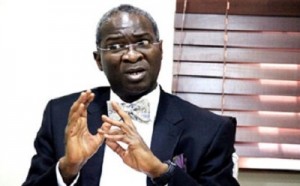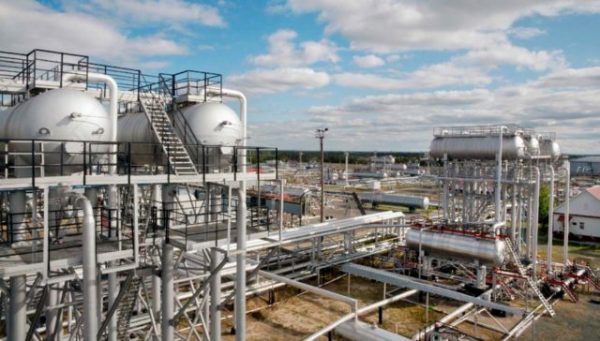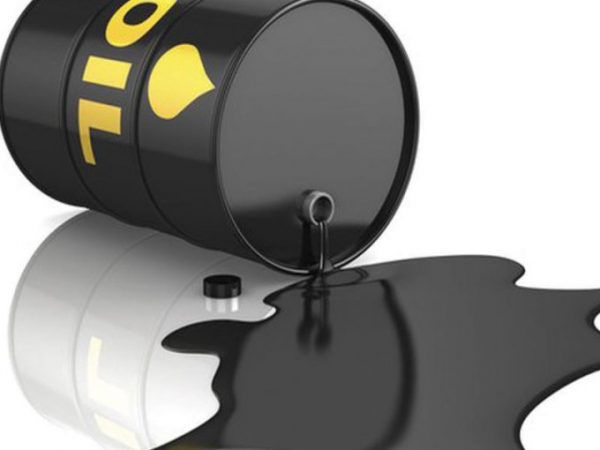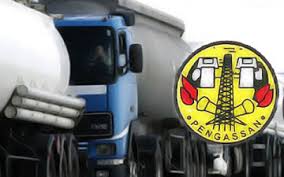Power: FG eyes Offshore, Inland Basin Gas Reserves
The

recent militant attacks on oil and gas facilities may have prompted the Federal Government to look towards developing alternative sources of gas supply for power generation in the country.
Government officials, who gave the indications on Wednesday at the Nigerian Gas Association’s Business Forum 2016 in Lagos, highlighted a number of options being considered to diversify the nation’s sources of gas supply.
They said gas terms were currently being worked on for Production Sharing Contracts concessions to explore the huge offshore reserves in the country.
Others include regasification of liquefied natural gas as a strategic intervention for alternative gas supply in case of any outage of pipeline, and the possibility of installing storage for security of supply and to hedge against contract risk.
The Senior Technical Adviser, Upstream and Gas to the Minister of State for Petroleum Resources, Mr. Gbite Adeniji, while speaking at the forum, stressed the need to explore the gas reserves in the inland basins.
The inland basins in the country include the Anambra Basin, the lower, middle, and upper Benue trough, the south eastern sector of the Chad Basin, the Mid-Niger (Bida) Basin, and the Sokoto Basin.
Adeniji said, “We need to consider opening up gas supply from the inland basins. We can’t rely on the Niger Delta alone. There is a lot of gas in the inland basins. It is time we considered developing gas infrastructure to explore gas in the offshore.”
He noted that about11 of the nation’s power plants had become dormant due to gas constraints.
“An alternative system from the offshore will help. In the inland basins, there are gas reserves that could lend themselves to some small power plants. We should think about flexibility. We are working hard on gas terms for the PSC concessions.
“We should consider gas development as a matter of strategic importance. Therefore, we need to develop an appropriate legal and regulatory framework.”
The Group Executive Director and Chief Operating Officer, Gas and Power Directorate, NNPC, Mr. Saidu Mohammed, listed the strategic thrusts for gas being pursued as gas to power, gas-based industrialisation and selective gas export.
Mohammed, who was represented by the Managing Director, Gas and Power Investments, NNPC, Mr. Sam Ndukwe, said major reforms were being pursued to position the sector to meet the strategic thrusts.
Highlighting progress on major gas pipeline expansion projects, he said the doubling of the Escravos-Lagos Pipeline System capacity to two billion standard cubic feet per day was expected to be completed by the second half of 2016.
He said the strategic East-West (OB3) pipeline, which is under construction, would be completed by the third quarter of 2017.
Mohammed said, “Trans Nigeria Gas Pipeline (Ajaokuta-Kaduna-Kano and Calabar-Ajaokuta pipelines) is in advanced planning stage. Front end engineering design has been completed and engineering, procurement and construction will commence before the end of 2016.”
According to him, the key NNPC intervention between 2016 and 2020 is to ensure that all existing power plants are connected to permanent gas pipeline, and resolve community interference through aggressive dialogue and engagements with stakeholders.
Others are to ensure delivery of the short-term projects by the Nigerian Petroleum Development Company and International Oil Companies; complete Escravos-Lagos Pipeline II and OB3 gas pipeline projects, and secure funding to actualise the identified upstream gas development that will enable additional seven billion scfpd gas supply to meet the projected demand by 2020.
“We have recognised now the need for us to have alternative supply of natural gas. Gas pipelines are being bridged. There is a need for us to have storage. There is a need for us to revisit the design of our network,” Mohammed said.







